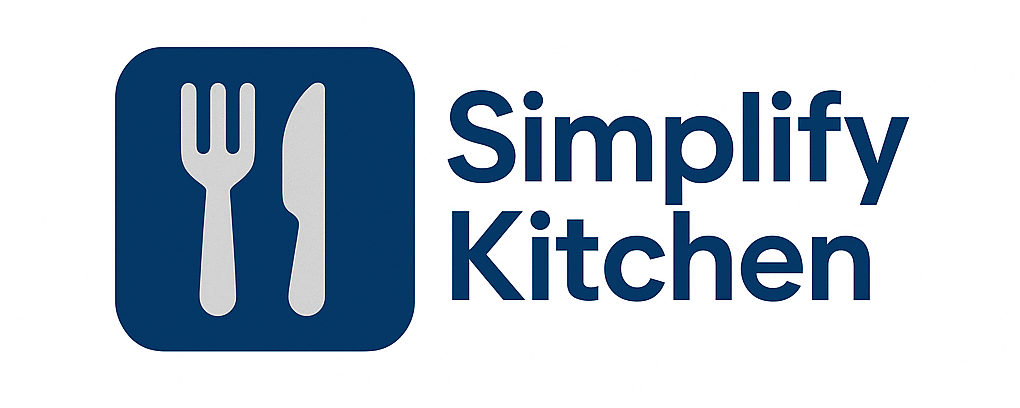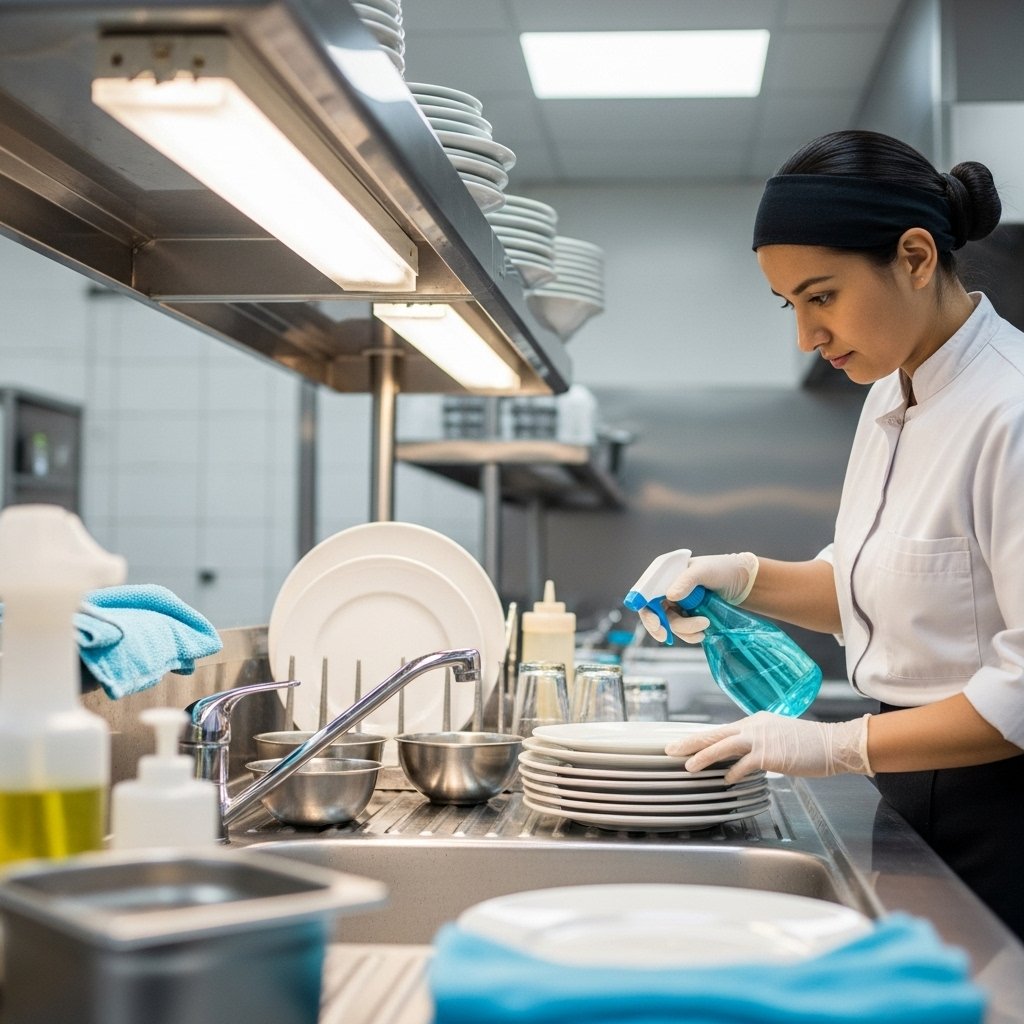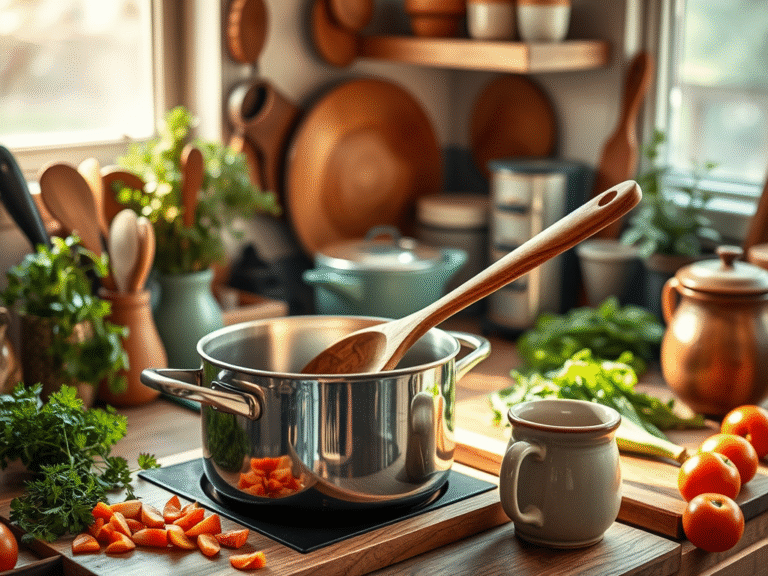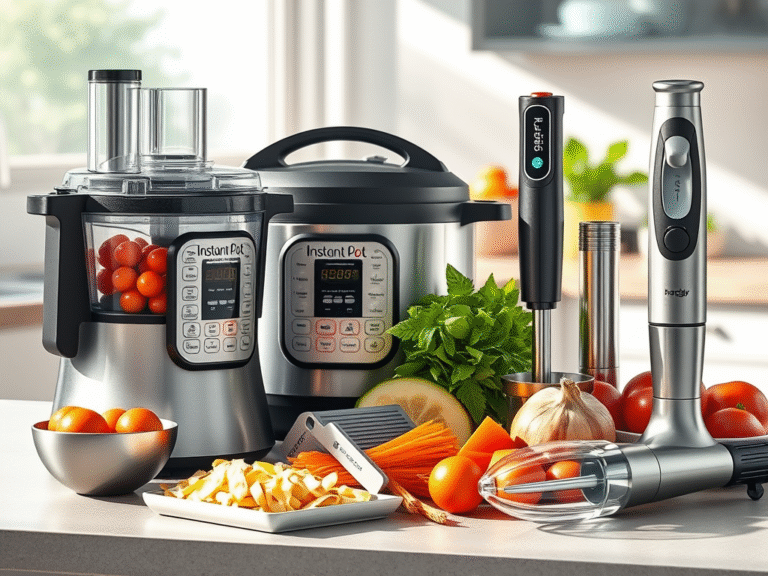Keeping dishes clean and sanitized is essential for maintaining a healthy kitchen and preventing foodborne illnesses. Simply washing dishes with soap and water is often not enough to kill harmful bacteria and germs. Proper sanitizing ensures that your dishes are safe to use and your family stays healthy. In this article, we’ll guide you step-by-step on how to properly sanitize dishes at home.
Why Is Sanitizing Dishes Important?
Even after washing, some bacteria and germs can still remain on dishes. These microbes can cause food poisoning or infections if they come into contact with your food or mouth. Sanitizing dishes kills these harmful microorganisms, providing an extra layer of safety. This is especially important when handling raw meat, poultry, seafood, or eggs, which can harbor dangerous bacteria like Salmonella or E. coli.
Steps to Properly Sanitize Dishes
1. Wash Dishes Thoroughly
Start by washing your dishes with hot, soapy water to remove food particles, grease, and dirt. Use a clean sponge or dishcloth and scrub all surfaces, including the rims and handles of plates, bowls, glasses, and utensils.
- Tip: Use dish soap that cuts grease effectively.
- Rinse the dishes well with clean water to remove soap residue.
2. Choose a Sanitizing Method
There are several ways to sanitize dishes after washing:
a) Hot Water Sanitizing
If you have a dishwasher, use the sanitizing cycle, which typically uses water at temperatures of 150°F (65°C) or higher to kill bacteria.
- For hand washing, soak the dishes in hot water (at least 171°F or 77°C) for 30 seconds. This can be challenging to maintain at home but can be done with care by using very hot water right after washing.
b) Chemical Sanitizing
You can sanitize dishes by soaking them in a solution of food-safe sanitizers:
- Bleach solution: Mix 1 tablespoon of unscented liquid chlorine bleach with 1 gallon (3.8 liters) of water.
- Soak the dishes for at least one minute.
- Remove and air dry completely—do not rinse after sanitizing with bleach, as the solution is diluted and safe.
c) Vinegar or Other Natural Alternatives
While vinegar has some antibacterial properties, it is not as effective as bleach or hot water sanitizing and is not recommended as a sole sanitizer for dishes.
3. Dry the Dishes Properly
Allow dishes to air dry completely on a clean rack. Avoid using towels, as they can harbor bacteria and re-contaminate your dishes.
4. Maintain Clean Cleaning Tools
Make sure your dishcloths, sponges, and brushes are clean and replaced regularly. These tools can be breeding grounds for germs.
Additional Tips for Safe Dish Sanitizing
- Always wash dishes immediately after use to prevent bacteria growth.
- Use separate cutting boards and utensils for raw meats and vegetables to avoid cross-contamination.
- Sanitize your sink and countertops regularly.
- When using a dishwasher, ensure it reaches the proper sanitizing temperature and clean the dishwasher regularly.
Conclusion
Properly sanitizing dishes is a simple but crucial step in maintaining a hygienic kitchen. By following these steps—thorough washing, effective sanitizing using hot water or a bleach solution, and proper drying—you can keep your dishes safe and protect your family from harmful bacteria. Developing good dishwashing habits ensures that your kitchen stays clean and your meals remain healthy.

























